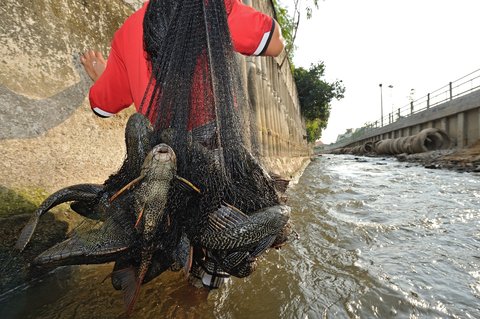
Most Minnesota anglers are not terribly delighted when they see a puckering sucker dangling from the end of their line. There are some though, who enjoy pursuing this feisty rough fish, especially during the sucker’s spring run.
Suckers migrate upstream in the spring and spawn…








